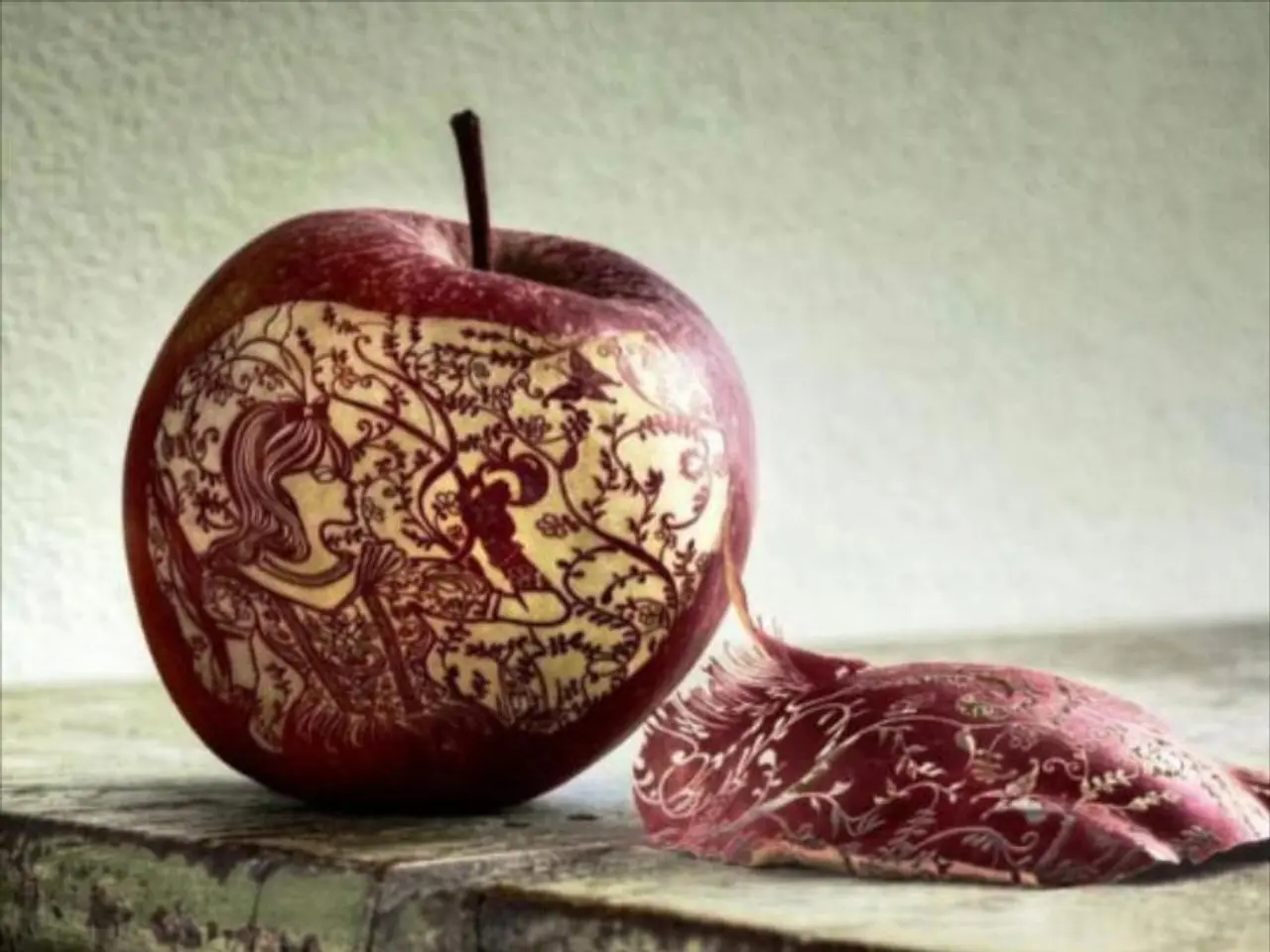Kelsi Davis Ports Classic Mac System 7 to Modern Hardware in 3 Days
Kelsi Davis has accomplished a remarkable feat in retrocomputing. She has successfully ported the classic Macintosh System 7 operating system to modern hardware, completing the task in just three days with the aid of a large language model.
Davis began her project by reverse engineering System 7 binaries using Ghidra and a large language model. She then ported the OS to the x86 architecture, a significant achievement considering the original System 7 was released in 1993 and was designed for Motorola 68k-based Macs.
The resulting port includes a fully functional Finder and graphical user interface (GUI), allowing users to interact with the system as they would have in the early 1990s. Davis ran the ported OS on QEMU, a popular open-source machine emulator. Remarkably, she accomplished this feat on specialized hardware such as the IBM PS/2 and AT&T UNIX systems, demonstrating the port's compatibility and versatility.
Davis' ported System 7 OS is now available on GitHub, allowing enthusiasts and developers to explore and experiment with this piece of computing history. Her use of a large language model in the reverse engineering and porting process highlights the potential of such tools in accelerating software development and preservation efforts.
Read also:
- AI-Generated Humor Spreads on Gemini Nano Banana: Light-hearted Modifications Spark Concerns over User Privacy
- China is, unlike the United States, embracing technological progress rather than attempting to restrict it.
- Social media spat between Elon Musk and Sam Altman features their confrontation; discord revolving around business rivalry in relation to Apple
- Investment Opportunities: Three High-Yield Growth Shares to Expand Your Portfolio in August







